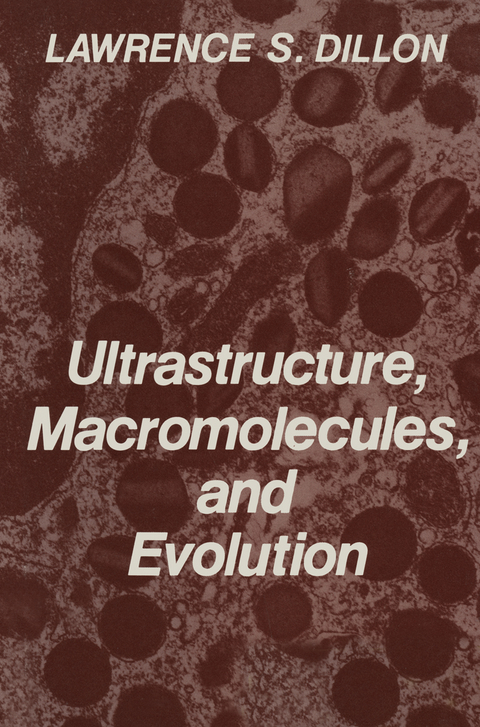
Ultrastructure, Macromolecules, and Evolution
Springer-Verlag New York Inc.
978-1-4613-3149-0 (ISBN)
1. Biological Membranes.- 1.1. Membranes in General.- 1.2. The Plasma Membrane (Plasmalemma).- 1.3. The Nuclear nvelope.- 1.4. Biogenesis of Membranes.- 2. Microtubules And Microfilaments.- 2.1. Microtubules.- 2.2. Microfilamentous Structures.- 3. Cell Motility: I. Cytoplasmic Movements.- 3.1. Amoeboid Movement.- 3.2. Microvilli and Related Cellular Projections.- 3.3. Cytoplasmic Streaming.- 4. Cell Motility: II. The Flagellum.- 4.1. The Flagellum.- 4.2. The Basis of Flagellar Activity.- 4.3. Development of Flagella.- 5. Cell Motility: III. The Basal Apparatus.- 5.1. The Centriole.- 5.2. Centriole-Associated Organelles.- 5.3. A Phylogeny of Flagellary Structures.- 6. Secretory Organelles: I. The Endomembrane System.- 6.1. The Endoreticulum (Endoplasmic Reticulum).- 6.2. The Golgi Apparatus.- 6.3. Functions and Enzymes of the Endomembrane System.- 7. Secretory Organelles: II. The Vesicular System.- 7.1. The Lysosome.- 7.2. The Peroxisome.- 7.3. Miscellaneous Bodies.- 7.4. The Endomembrane and Vesicular Systems in Retrospect.- 8. Energy-Oriented Organelles and Activities: I. Cell Respiration.- 8.1. Molecular Aspects of Cell Respiration.- 8.2. The Respiratory Chain.- 8.3. Comparative Aspects of Cellular Respiration.- 8.4. Evolution of the Tricarboxylic Acid Cycle.- 9. Energy-Oriented Organelles and Activities: II. The Mitochondrion.- 9.1. Mitochondrial Structure.- 9.2. Molecular Organization of Mitochondria.- 9.3. DNA and Mitochondrial Replication.- 9.4. Mesosomes: Primitive Respiratory Organelles.- 9.5. Phylogenetic Origins of the Mitochondrion.- 10. Energy-Oriented Organelles and Activities: III. The Chloroplast and Photosynthesis.- 10.1. Energy-Related Processes.- 10.2 The Chloroplast.- 10.3. Replication of Chloroplasts.- 10.4. Phylogenetic Origins.- 11. Nuclear and Cell Division.- 11.1. Cytokinesis.- 11.2. Nuclear Division.- 11.3. Nucleoid Division in Prokaryotes.- 11.4. Some Pertinent Conclusions.- References.
| Erscheint lt. Verlag | 5.2.2012 |
|---|---|
| Zusatzinfo | 247 Illustrations, black and white; VIII, 716 p. 247 illus. |
| Verlagsort | New York, NY |
| Sprache | englisch |
| Maße | 152 x 229 mm |
| Themenwelt | Naturwissenschaften ► Physik / Astronomie ► Atom- / Kern- / Molekularphysik |
| Naturwissenschaften ► Physik / Astronomie ► Festkörperphysik | |
| Naturwissenschaften ► Physik / Astronomie ► Thermodynamik | |
| ISBN-10 | 1-4613-3149-8 / 1461331498 |
| ISBN-13 | 978-1-4613-3149-0 / 9781461331490 |
| Zustand | Neuware |
| Informationen gemäß Produktsicherheitsverordnung (GPSR) | |
| Haben Sie eine Frage zum Produkt? |
aus dem Bereich


